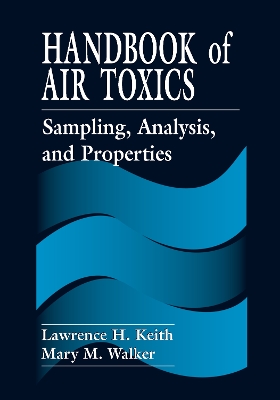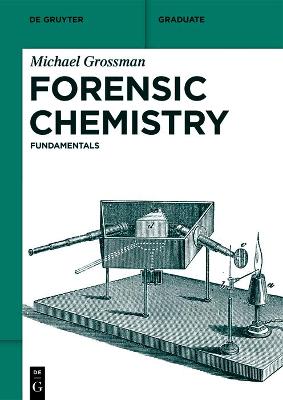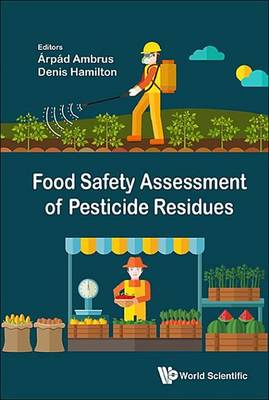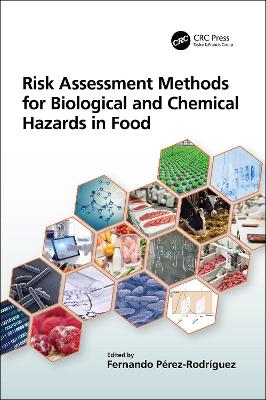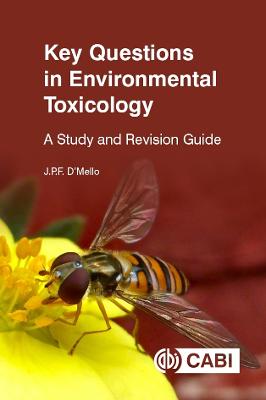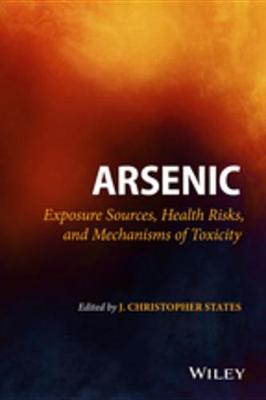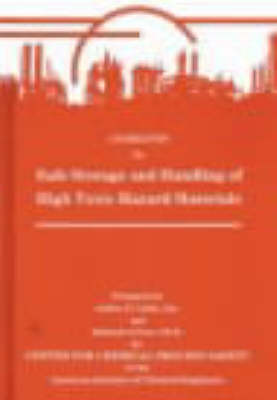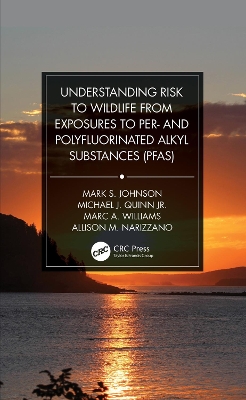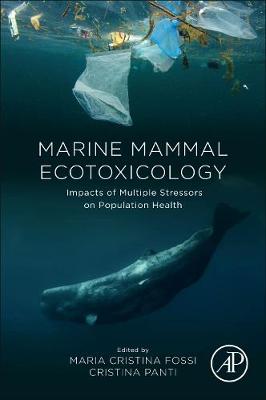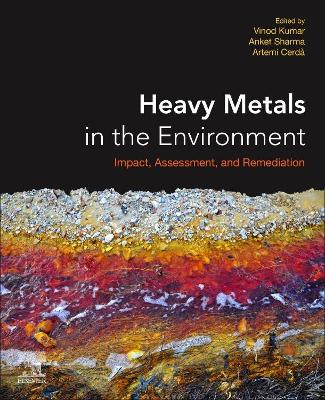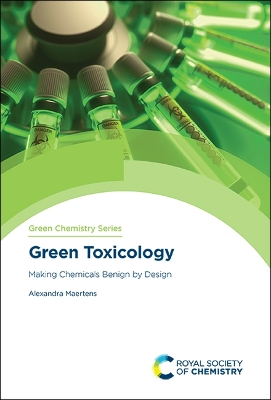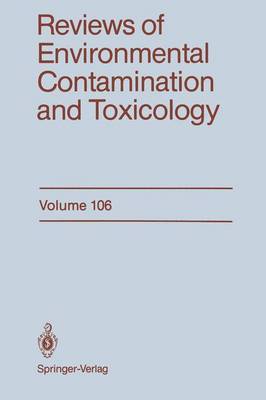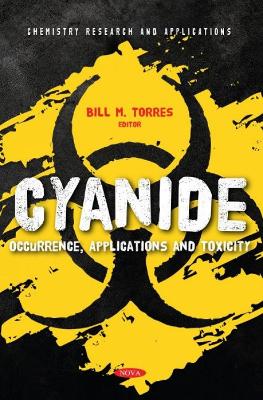The Handbook of Air Toxics compiles, defines, and clarifies several methods and concepts of airborne toxic substances found in the environment. This comprehensive reference helps regulators, consultants, and other environmental professionals meet the challenges of sampling and analysis, emissions reductions, and health and safety issues related to human exposure. It is an important reference addressing the ongoing concern about the consequences of air pollution, and the implementation and modifi...
FORENSIC CHEMISTRY FUNDAMENTALS strives to help scientists & lawyers, & students, understand how their two disciplines come together for forensic science, in the contexts of analytical chemistry & related science more generally, and the common law systems of Canada, USA, UK, the Commonwealth. In this book, forensics is considered more generally than as only for criminal law; workplace health & safety, and other areas are included. And, two issues of Canadian legal process are argued as essays in...
Risk Assessment Methods for Biological and Chemical Hazards in Food
Risk assessment has been extensively developed in several scientific fields, such as environmental science, economics, and civil engineering, among others. In the aftermath of the SPS and GATT agreements on the use of risk analysis framework in food trade, signed in the 1990s, international organisations and governments adopted risk assessment as a science-based process to ensure food safety along the food chain. The food industry can also benefit from the use of this approach for food process o...
Occupational Toxicology, 2nd Edition
Focusing on chemicals in the workplace, Occupational Toxicology introduces the basic tenets of the science of toxicology that underpin the application of toxicological information to the workplace. The book contains chapters on the most important workplace exposures such as metals, pesticides, solvents, plastics, gases, and particulate matter and informs the reader as to the types of toxicity seen in the workplace environment and the organs likely to be affected. The lung and the skin are given...
Key Questions in Environmental Toxicology is designed as a self-study tool for undergraduate students. Questions review the origin, characterization and environmental distribution of major pollutants, followed by their absorption and metabolic disposition in living organisms. They address implications for the development of cancer, cardiovascular disease, pulmonary dysfunction and neurological conditions in relation to gaseous pollutants, particulates, persistent organic compounds and radioactiv...
Marine Toxins (ACS Symposium, No 418)
This book illustrates the chemistry, toxicology, and health effects of arsenic using novel modeling techniques, case studies, experimental data, and future perspectives. - Covers exposure sources, health risks, and mechanisms of one of the most toxic minerals in the world - Helps readers understand potential health effects of arsenic, using population studies, mammalian and invertebrate models, and pharmacokinetic and toxicokinetic models - Discusses outcomes, epidemiology, real-life examples,...
Guidelines for Safe Storage and Handling of High Toxic Hazard Materials
by Arthur D. Little and Richard Levine
Understanding Risk to Wildlife from Exposures to Per- and Polyfluorinated Alkyl Substances (PFAS) provides the most recent summary of toxicity data relevant to mammals, birds, reptiles, and amphibians, and provides values for use in risk assessment applications. Predicting the bioaccumulation of PFAS in terrestrial wildlife (including humans) has proven to be extremely complex. As a group, PFAS act differently than traditional non-ionic organic molecules, where PFAS can break down and reform, wh...
This book is part of a series of six books, co-ordained by Andre Mariotti and Jeanne Garric, having, on the basis of work carried out in laboratories, research questions, bolts and acquired in ecotoxicology.
2019-2020 Monthly Planner (Aweinspiring Planners, #7)
by Asli Printz
Marine Mammal Ecotoxicology
Marine Mammal Ecotoxicology: Impacts of Multiple Stressors on Population Health provides tactics on how to develop a comprehensive methodology for the study of existing threats to marine mammals. By presenting a conservation-biology approach and new and emerging technologies, this work helps provide crucial knowledge on the status of marine mammal populations that not only helps readers understand the ecosystem’s health, but also instigate mitigation measures. This volume provides information th...
Heavy Metals in the Environment
Heavy Metals in the Environment: Impact, Assessment, and Remediation synthesizes both fundamental concepts of heavy metal pollutants and state-of-the-art techniques and technologies for assessment and remediation. The book discusses the sources, origin and health risk assessment of heavy metals as well as the application of GIS, remote sensing and multivariate techniques in the assessment of heavy metals. The various contamination indices like contamination factor, geoaccumulation index, enrichm...
Green toxicology is an integral part of green chemistry. One of the key goals of green chemistry is to design less toxic chemicals. Therefore, an understanding of toxicology and hazard assessment is important for any chemist working in green chemistry, but toxicology is rarely part of most chemists' education. As a consequence, chemists lack the toxicological lens necessary to view chemicals in order to design safer substitutions. This book seeks to fill that gap and demonstrate how a basic unde...
Reviews of Environmental Contamination and Toxicology (Reviews of Environmental Contamination and Toxicology, #115)
Global attention in scientific, industrial, and governmental communities to traces of toxic chemicals in foodstuffs and in both abiotic and biotic environ ments has justified the present triumvirate of specialized publications in this field: comprehensive reviews, rapidly published progress reports, and archival documentations. These three publications are integrated and scheduled to pro vide in international communication the coherency essential for nonduplicative and current progress in a fiel...
While cyanide finds application in myriad industries, its presence in the environment as a pollutant warrants special attention, as exposure to cyanide is harmful or even lethal to humans and animals. This volume includes five chapters that examine cyanide's industrial applications and methods for reducing its environmental impact. Chapter One introduces electrochemical sensors based on silver and silver sulphide nanoparticles supported on multi-walled carbon nanotubes and hierarchical porous ca...
